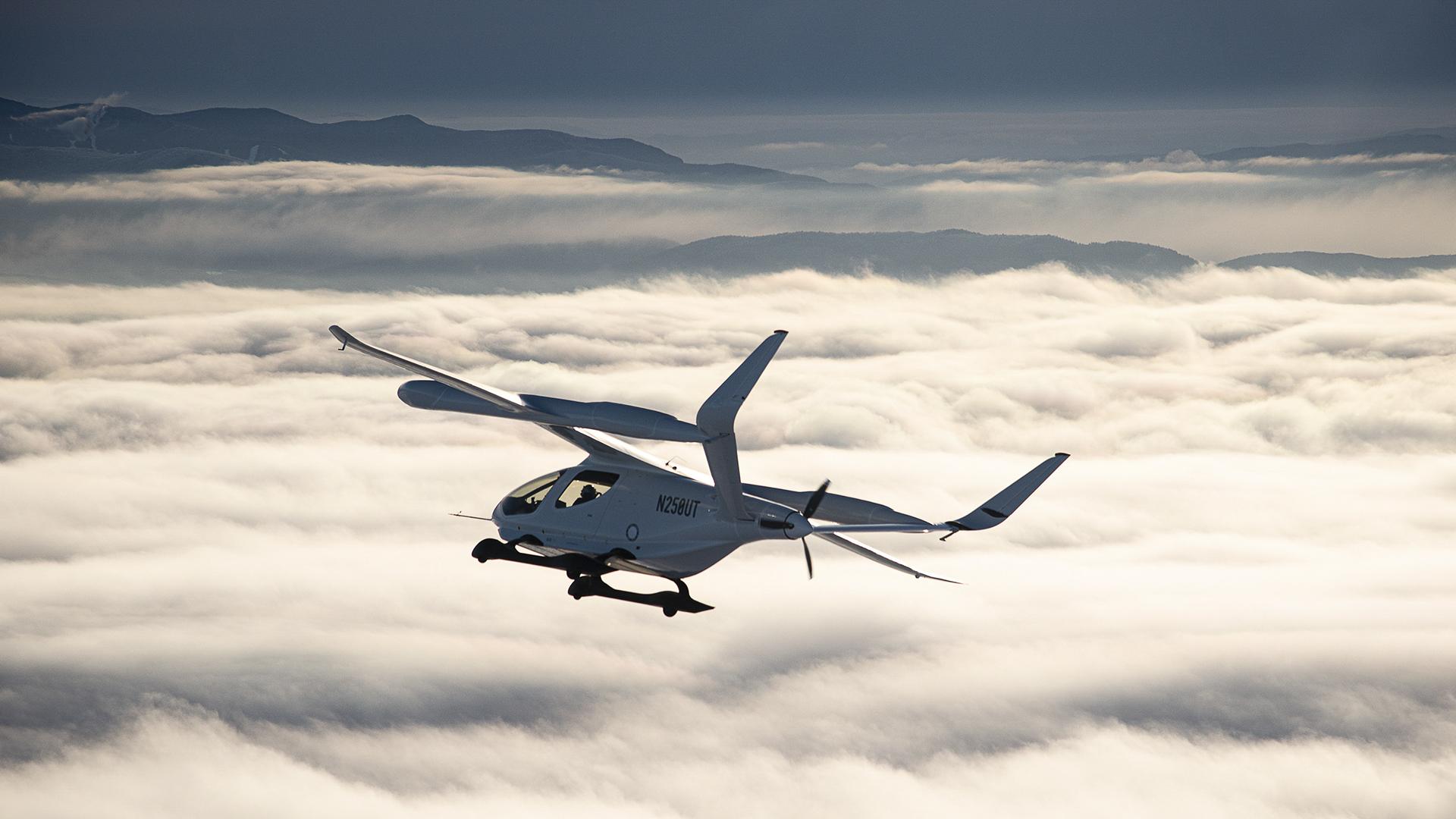
As Farnborough bursts back onto the global events scene, advanced air mobility (AAM)—a market that has gained in prominence over the pandemic—is high on the agenda.
Two years from now, at Farnborough 2024, will that still be true?
Startups Eve, Eviation, Lilium, Vertical Aerospace, VoltAero, Wisk and ZeroAvia are exhibiting at this year’s show. Others such as Archer and Joby Aviation are among those making announcements here ranging from supplier selections to customer agreements.
By 2024, most of these companies are planning to be flying conforming prototypes and to be well on their way to certification. But will all of the 20 or so companies now vying for a leading role in AAM survive the next two years?
“Winter is coming” startups have been warned and funding is becoming hard to find. The mergers with special-purpose acquisition companies (SPAC) that fueled AAM in 2021 have lost their gloss and shifted focus to more traditional industries. Private funding rounds are getting more difficult to pull together.
In May, Silicon Valley startup accelerator Y Combinator warned its portfolio companies to plan for the worst and immediately cut their costs to make the funding they have last as long as it can. Companies intending to raise money in the next 6-12 months were advised to change their plans.
What does that warning mean for AAM? The leaders in this nascent industry have just been through a massive funding effort, raising billions of dollars through going-public mergers with blank-check companies as well as private investment rounds.
But these companies are also entering the most expensive phase of their existence, building conforming prototypes for certification flight testing and setting up manufacturing facilities ready to ramp up production as they aim for market entry in 2024-25.
Investment experts predict managing cash burn will be the focus for AAM startups for the next two years and expect even the best-funded companies to look for alternative sources of additional funding to stay on track to launch commercial air taxi services.
Some of that is already evident. As it awaits certification of its air taxi, EHang has secured what amounts to state support in the form of a $150 million credit line from the Agriculture Bank of China. Lilium has arranged a $75 million credit line to boost its liquidity and Beta Technologies has secured an undisclosed second investment from Amazon’s Climate Pledge fund.
There are also signs of less well-funded startups trimming their costs. Electric aircraft developer Bye Aerospace has downsized its workforce to focus available resources on completing certification plans with the FAA before attempting to raise new capital. Progress at several other early-stage startups is similarly being paced by the availability of funding.
It will be easier for AAM startups like Beta that are still privately funded to raise money in the current environment, investment experts say. They can conduct a funding round and keep the pricing private and the valuation reasonable. And they can tap into a range of sources including family funds, large institutions, corporate investors and sovereign wealth funds.
For companies that have chosen to go public, it could be more difficult. And the situation is different for Joby, which has raised more than $1.8 million, than for Vertical, which has raised less than $340 million. In a key Farnborough announcement, Vertical said American Airlines has committed to make predelivery payments on its first 50 VX4s, a crucial piece of the UK startup’s plans to fund development.
One route the newly public AAM companies could take is a secondary private offering. This is the route space tourism startup Virgin Galactic took after it went public in 2019 through a $1.4 billion merger with a SPAC. In January it topped up its funding with a $425 million offering of debt that can be converted to equity.
Smallsat launch startup Virgin Orbit went public through an underperforming $282 million SPAC merger in December 2021. In March it announced an agreement allowing it to sell up to $250 million to a hedge fund to bolster its finances. Such deals show additional funding can be raised, but at a price. The Virgin Galactic offering sent the startup’s shares tumbling.
Investment experts are encouraged that well-funded AAM industry leaders such as Joby are thinking proactively about raising additional capital and expect some creative deals to emerge, but the next two years will require careful management if AAM is to be as high on the agenda at Farnborough 2024 as it is in 2022.





